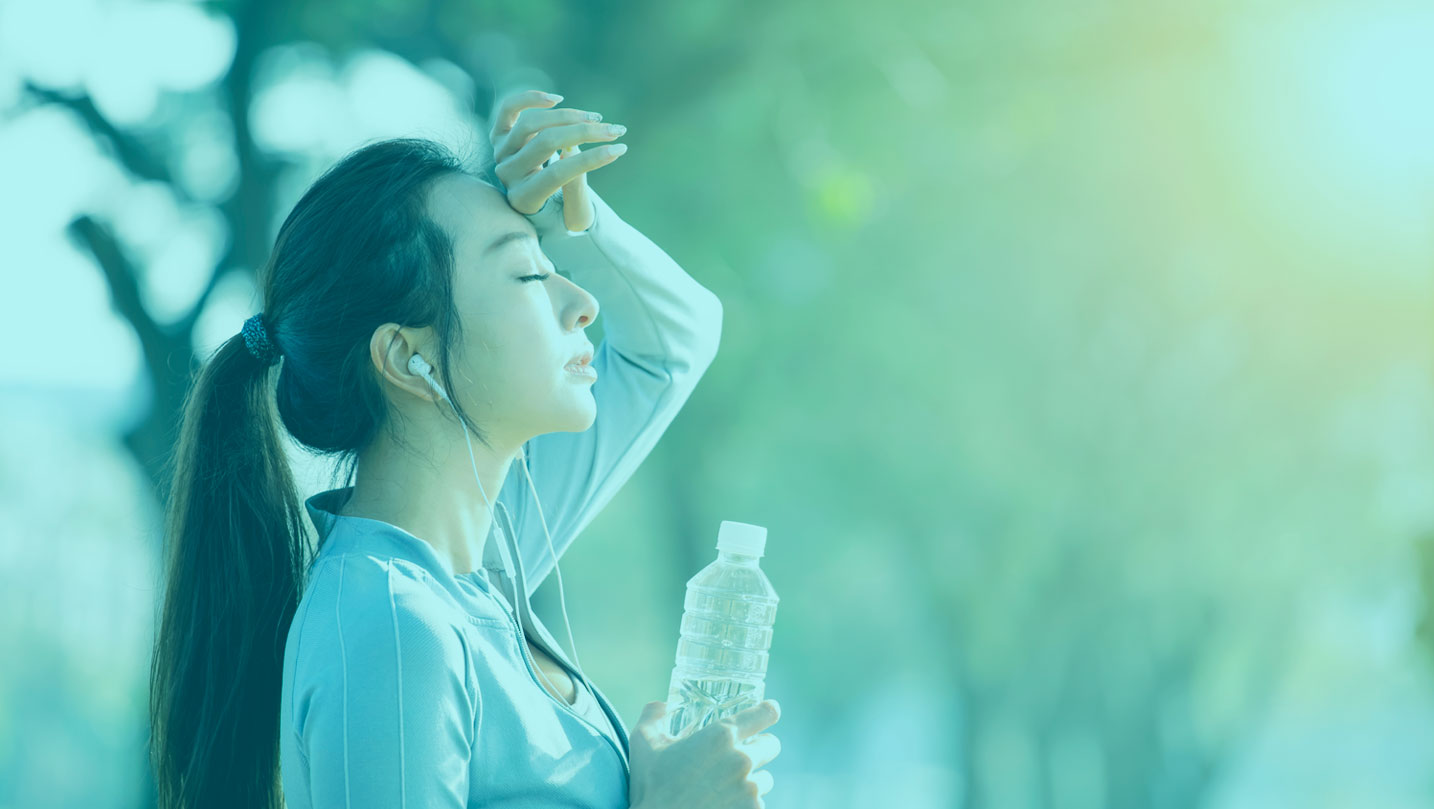Living in the beautiful Sunshine State comes with its perks, but it also means dealing with intense heat during the summer months. As a Floridian, it’s essential to be aware of the risks associated with extreme temperatures, particularly heat stroke. In this blog, we’ll explore what heat stroke is, its potential dangers, and most importantly, the preventive measures you can take to protect yourself and your loved ones during the hottest days of the year.
Understanding Heat Stroke:
Heat stroke is a severe medical condition that occurs when the body’s core temperature rises to dangerous levels, typically above 104°F (40°C). It’s a life-threatening emergency that requires immediate medical attention. Prolonged exposure to high temperatures and humidity can lead to heat-related illnesses, with heat stroke being the most severe form.
Recognizing the Signs of Heat Stroke:
Knowing the signs of heat stroke can save lives. Look out for these symptoms in yourself and others:
- Throbbing headache
- Dizziness and lightheadedness
- Rapid and shallow breathing
- Confusion and disorientation
- Hot, dry skin or profuse sweating
- Nausea and vomiting
- Unconsciousness or loss of consciousness
Preventing Heat Stroke:
Prevention is the key to enjoying the Florida summer safely. Here are some essential tips to help you stay cool and protected from heat stroke:
- Hydration is Vital: Drink plenty of water throughout the day, even if you don’t feel thirsty. Avoid excessive consumption of alcohol, caffeine, and sugary beverages, as they can lead to dehydration.
- Stay Indoors During Peak Heat: When the sun is at its strongest (usually between 10 a.m. and 4 p.m.), try to stay indoors in an air-conditioned environment. If your home doesn’t have air conditioning, consider spending time in public places like libraries, shopping malls, or community centers.
- Dress Appropriately: Wear lightweight, loose-fitting, and light-colored clothing to help your body regulate its temperature. Don’t forget to wear a wide-brimmed hat and sunglasses to protect yourself from the sun.
- Create Shade: If you plan to spend time outdoors, create shaded areas using umbrellas, canopies, or natural structures like trees. This will provide a refuge from direct sunlight and help you stay cooler.
- Use Fans and Cooling Devices: Fans can help circulate air and make you feel cooler, even without air conditioning. If possible, use cooling devices like misting fans or wet towels on your skin to provide relief from the heat.
- Limit Outdoor Activities: If you have to be outside, try to limit strenuous activities to early mornings or evenings when the temperatures are lower.
- Check on Vulnerable Individuals: Keep an eye on children, the elderly, and those with chronic health conditions, as they are more susceptible to heat-related illnesses.
Being informed about heat stroke and taking the necessary precautions is essential to ensure the safety and well-being of your family and guests. By staying hydrated, seeking shade, and being mindful of outdoor activities during peak heat, you can enjoy the summer months while minimizing the risk of heat stroke. Remember, it’s always better to be safe than sorry, so prioritize your health and safety when the temperatures soar.
Stay cool, stay safe, and enjoy the Florida summer responsibly!
Additional Resources:
Warning Signs and Symptoms of Heat-Related Illness | Natural Disasters and Severe Weather | CDC
Extreme Heat Safety | Heat Exhaustion Safety | Red Cross
Heat Illness Prevention Campaign | Occupational Safety and Health Administration (osha.gov)
